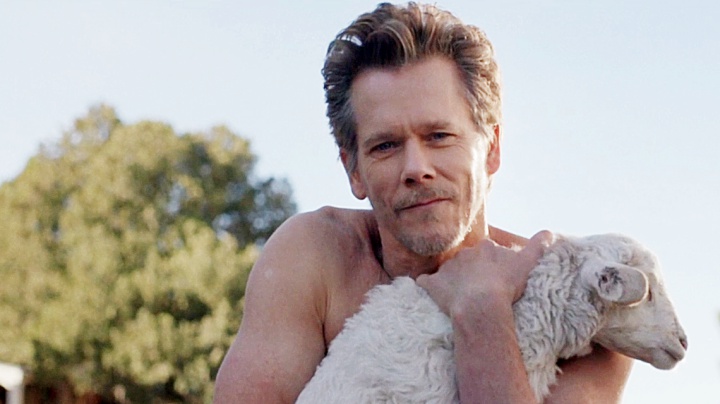Was liegt daran, wie gesprochen wird?
Dividuelles Sprechen in Gerald Raunigs «Ungefüge»
Der Philosoph Gerald Raunig legt ein höchst ungewöhnliches Buch vor, welches eine Theorie und Praxis der Sprache dividueller Subjekte entwickelt.


Gefühlterweise gibt es immer mehr Magazine über Kunst, Kultur, Lifestyle und dergleichen, immer mehr Titel, lokale und internationale, gute und mässige. Doch was machen damit? Lesen und fortwerfen? Oder doch stapeln und aufbewahren? Dieser Text wundert sich über die (Qualität der) Quantität der Kunstmagazine und darüber, was denn jene ausmacht, die selbst regelmässige Wohnungswechsel überleben.
